5 Things To Know About Apple’s M1 Processor For Mac
Apple touts performance and battery life gains from the debut of its in-house M1 processor, which will initially come to three Mac models.
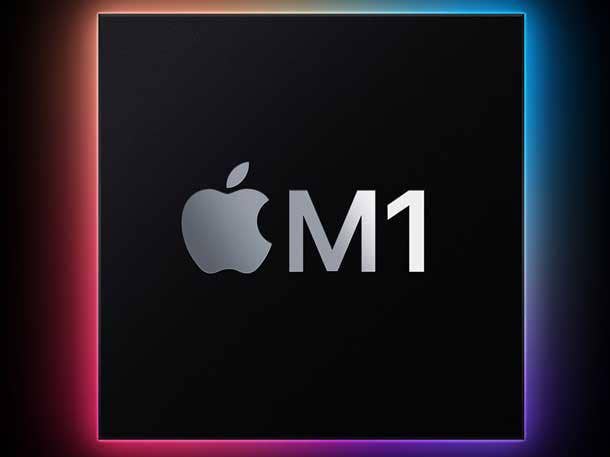
The Apple Silicon Era
The transition to Apple-designed processors for the Mac—and away from Intel Mac chips—is about to become real. Apple Tuesday unveiled more details about its first in-house Arm-based processor, which is dubbed the M1. Apple is touting a range of benefits, including performance and battery life gains, with the M1 processor. The company also unveiled the first three Mac models that will get the chip. “This truly is a huge day for the Mac and a huge day for Apple,” said Apple CEO Tim Cook Tuesday during a prerecorded event unveiling the M1 chip. “The M1 chip is by far the most powerful chip that we have ever created.”
The M1 is the company’s first chip for the Mac in more than a decade, following the shift to Intel processors in 2006 in a move away from PowerPC processors. However, Apple has already been designing its own Arm-based processors for years, including for the iPhone and iPad. The transition to Apple Silicon in the Mac is expected to take two years, according to the company. The launch of M1 also comes amid already strong momentum for the Mac, with Apple reporting record revenue for its Mac business in its latest quarter.
What follows are five key things to know about Apple’s M1 processor.
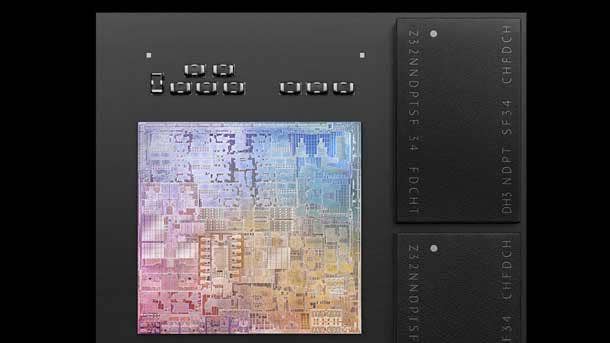
System On A Chip
Up until now, the Mac has needed multiple chips to run its various processing functions. The M1 is the first system on a chip (SoC) for the Mac, which integrates all functions into one chip, Apple said Tuesday. Importantly, the 5nm chip includes a unified memory architecture that combines high-bandwidth, low-latency memory, the company said. “All of the technologies in the SoC can access the same data without copying it between multiple pools of memory,” said Apple’s senior vice president of hardware technologies, Johny Srouji. “This dramatically improves performance and power efficiency.”
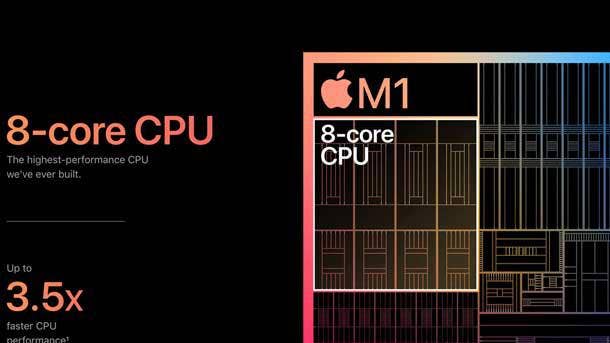
CPU
The M1 includes an eight-core CPU, made up of high-performance cores for intensive computing needs and high-efficiency cores for conserving battery life during less intensive tasks. “The eight-core CPU in M1 is by far the highest-performance CPU we‘ve ever created,” Srouji said. “And more importantly, it delivers this performance at the lowest possible power.”
Apple did not share details on the clock speed for the M1, instead saying that it outperforms current PC laptop processors with up to 2X the performance of those chips. And the M1 provides that performance while requiring one-fourth of the power, Srouji said.

GPU And Security
Apple’s M1 chip also includes an eight-core GPU—also boasting up to 2X the graphics performance of current PC laptop chips, and with far less power requirements, Srouji said. The M1’s design creates a “balanced system,” with a “GPU that complements the incredible performance of our CPU,” he said. “Typically PCs can’t achieve this balance with integrated graphics. To get great graphics performance, they have to use a discrete chip, which consumes a lot of power. M1 is different. With its integrated graphics, we get the best of both worlds—incredible performance and low power.”
On security, the M1 also integrates the Secure Enclave—which keeps biometric data separate—and offers a number of other key security capabilities as well. Those include hardware-verified secure boot, automatic high-performance encryption for files and macOS runtime protections, Apple said.
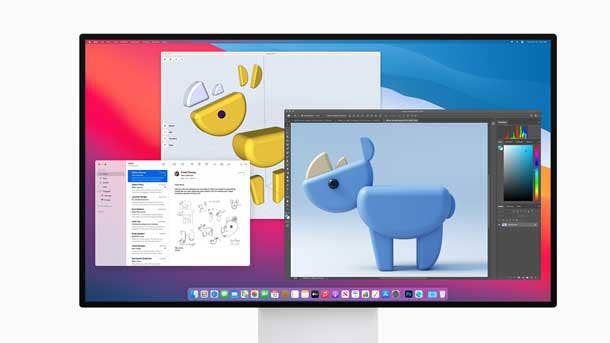
Software
The introduction of the M1 chip gives Apple control over the final piece of its hardware and software package in the Mac. The next version of macOS, Big Sur, which debuts Thursday, has been designed with Apple Silicon in mind, said Craig Federighi, Apple’s senior vice president of software engineering.
“By designing the whole system together—hardware and software—we‘re able to make the things you love about your Mac even better,” Federighi said. For instance, “your Mac now instantly wakes from sleep, just like the iPhone and iPad,” he said. Apps will also launch more quickly, and “the whole system is distinctly snappy,” with M1, Federighi said.
In addition, M1 will enable users to run iPhone and iPad apps on their Mac for the first time, he said.
To help with the transition, Apple is also encouraging developers to create “universal” apps that can run on both M1- and Intel-based Macs. For example, Adobe will launch a universal version of Lightroom next month, and will have a universal Photoshop version ready early next year, Federighi said.
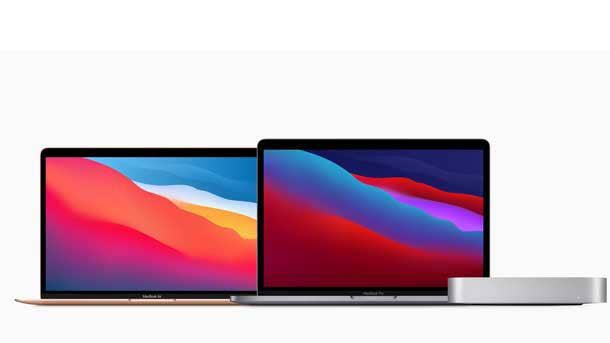
Initial Mac Models
Apple unveiled three initial Mac models that will launch with the M1 chip this month. Those will be the MacBook Air, the entry-level MacBook Pro (13-inch) and the Mac Mini. The company disclosed performance gains of up to 3.5X for the MacBook Air, up to 3X for the Mac Mini and up to 2.8X for the MacBook Pro, compared with previous Intel-based models for the three Macs. On battery life, Apple said the 13-inch MacBook Pro can as much as double its battery life to 20 hours, from 10 hours previously, while the MacBook Air can gain six hours with up to 18 hours of usage. Notably, the M1-powered MacBook Air does not require a fan, Apple said.
Apple has not raised the starting pricing for the three M1-powered Macs, and in fact has lowered the Mac Mini starting price by $100 to $699. The MacBook Air will continue to be offered at a starting price of $999, while the entry-level 13-inch MacBook Pro will continue to start at $1,299. The three Macs can be ordered starting Tuesday, with shipping to begin some time next week, Apple said.